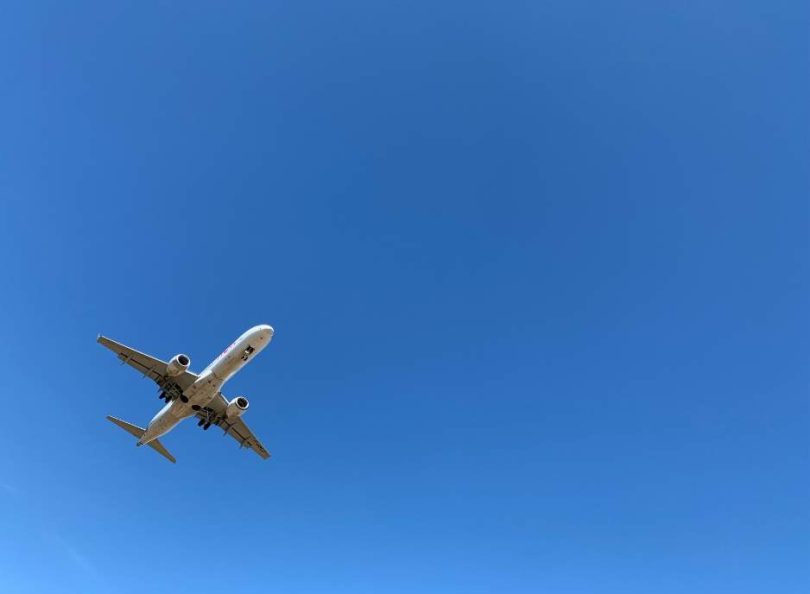Writer: Mariana Hernández

July 2025 — Signed into law on July 4, the One Big Beautiful Bill (OBBB) overhauls U.S. domestic policy and signals a major shift for the travel industry. Aimed at modernizing air traffic control (ATC) with a $12.5 billion boost while cutting tourism promotion funding by 80%, the legislation prioritizes infrastructure over international appeal.
The $12.5 billion investment acts as an initial down payment toward a much-needed, long-term modernization plan estimated at $31 billion, as cited by the Aircraft Owners and Pilots Association. The ATC systems update includes replacement of outdated radar systems telecommunications, and traffic control centers, as well as recruitment, retention, and training technologies to address the Federal Aviation Administration (FAA) workforce shortages.
This modernization is not just an investment towards the future but a necessity and top priority for the Trump administration. Early this year, incidents like the crash involving an Army Black Hawk and American Airlines Flight 5342, along with Newark Liberty International Airport’s four major communications outages, highlight the growing vulnerabilities of the aging U.S. ATC system. This strengthened the need for investment to replace obsolete telecommunications with high-tech solutions. If the ATC system improves, commercial airlines and logistic companies should experience fewer delays and cancellations, expecting smoother operations and reduced contingency costs.
To balance the cost of ATC modernization, the OBBB reallocated funds from other areas, including a significant reduction in the Brand USA Travel Promotion Fund. The OBBB aims to reduce Brand USA funding from $100 million to $20 million a year.
The funding cut will likely impact Brand USA’s primary mission to increase international visitation to strengthen the U.S. economy, boost exports, create quality jobs, and foster community prosperity. In 2024, Brand USA reported an ROI of $23.37 per dollar invested and generated $5.9 billion in visitor spending. The total sales impact generated $12.8 billion in U.S. economic output, sustaining nearly 80,000 jobs across the country. This represented $6.6 billion in value added to the U.S. GDP.
An 80% cut could reduce the ability to attract international tourists, but the Congressional Budget Office (CBO) estimates the cut to Brand USA will save $150 million over 10 years, while ATC funding adds to the U.S. deficit in exchange for long-term infrastructure gains.
According to the National Travel and Tourism Office, the Top 5 states most visited by overseas travelers in 2024 were New York, Florida, California, Nevada and Texas, with over 30 million visitors in total. Together these states represented 86% of international travel and rely heavily on international tourism. With major events on the horizon like America’s 250th anniversary and the FIFA World Cup 2026, U.S. tourism marketing is entering a key period and marketing budget restrictions will require Destination Marketing Organizations (DMOs) to do more outreach with less money. It’s not just the main events that need promotion, as surrounding regions hosting secondary venues or activities will look to generate more visibility to engage with the global community.
For more information, please visit:










